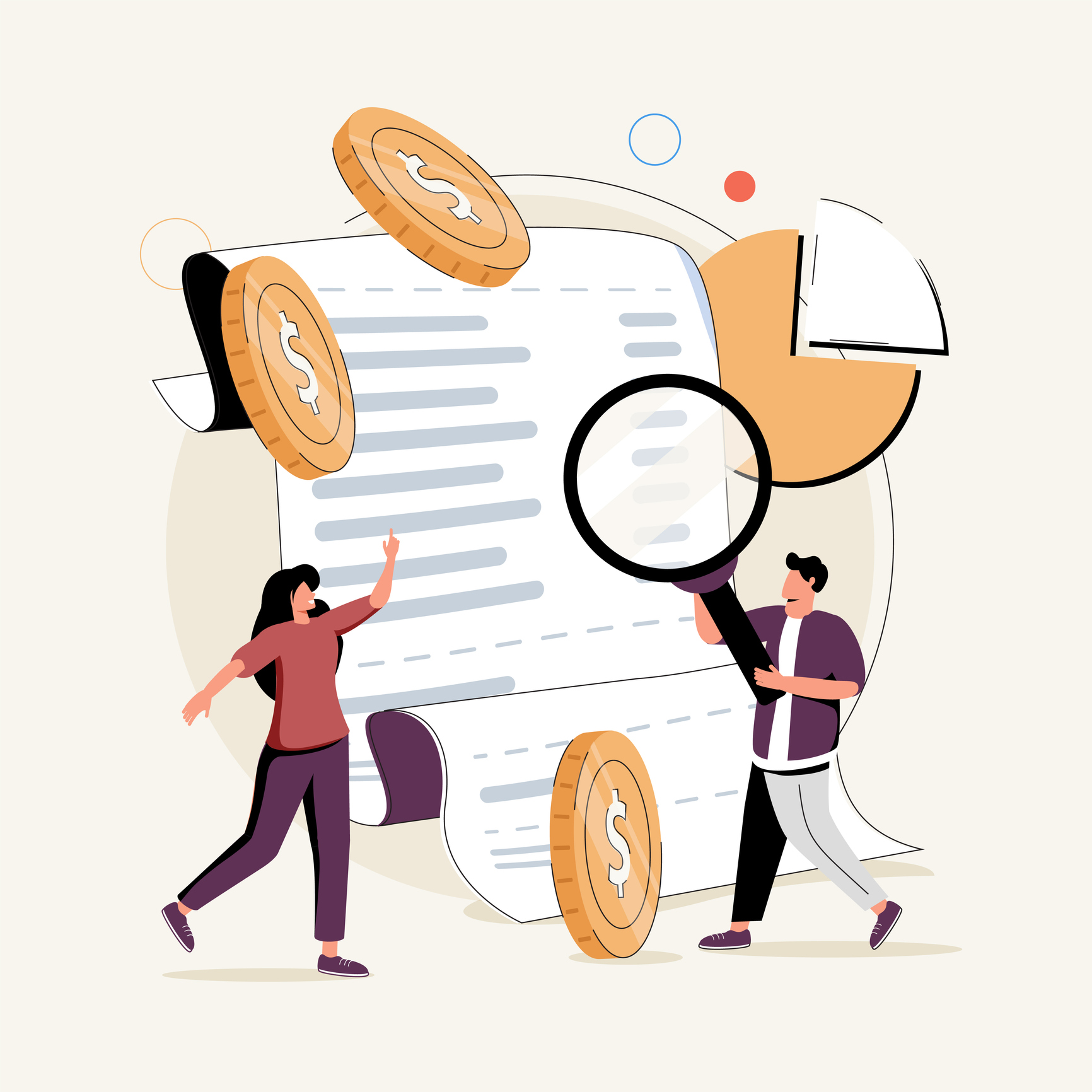A balance sheet is mainly a financial statement of a business for a particular period, mainly of a financial year and possibly for a quarter or six-month period. A balance sheet includes the business’s assets, liabilities, equity capital, and the total debt owing or owed. For a balance sheet to balance, the assets and liabilities should be of the same amount (Assets = Liabilities + Equity).
Having a balance sheet is essential for a business. It determines how much money your company owes and if you have enough money to pay the creditors of your business. You can calculate the accounting liquidity ratios through a balance sheet, giving you even better information about a company’s liquidity position.
Secondly, when your business needs to take a loan, the business or bank lending you money can quickly identify whether you will pay the money back if there is no risk in investing in the business through assessing your balance sheet. In short, it can help all the stakeholders of your business.
Following are the essential elements of a balance sheet you must know about before creating it.
Assets
An asset is any resource in the business owned and controlled by the business and can be converted into cash. An asset can be tangible or intangible. According to IAS (International Accounting Standards), the first thing to come in a balance sheet is the asset, divided into two parts: noncurrent assets and current assets. Noncurrent assets are long-term assets (in the business for more than one financial accounting year). Examples can include vehicles or the land. Depreciation (a method of allocating the cost of noncurrent assets over their useful life or expectancy) is charged every year or every month on noncurrent assets. The current assets are the short-term assets of a company that stays in business for less than one financial accounting year. For example, the cash in hand or the bank, the closing inventory, etc., adding up your current and noncurrent assets will give you the total assets.
Intangible assets are calculated with noncurrent liability; however, most businesses do not include them in the balance sheet.
Liabilities
After total assets, we calculate the liabilities. Liabilities are anything that your business owes to its stakeholders. Like assets, liabilities are divided into two categories: noncurrent liabilities and current liabilities. Noncurrent liabilities are the liabilities that a company owes, and the payback date is after one financial accounting year. An example can be a long-term loan taken by the bank or any other source from where you take the loan and can pay it back after a year. However, a current liability is what a business owes and must pay back within a financial accounting year. After calculating the liabilities, you do not get the total liabilities; however, the balance sheet will only balance once you add the capital. 
Equity Capital
The last part that needs to be calculated in a balance sheet is the equity capital. Capital is the amount of money that You can return to the shareholders of a business, or if one person owns the company, then it is known to be the owner’s equity. The capital is calculated by adding the profit and deducting the drawings from the opening capital. Moving on, you add it to the liabilities and, afterward, subtract it from the total assets, and you have a complete balance sheet. The support liabilities and capital need to balance to meet the equation: assets = capital + liabilities.
Conclusion
In summary, a balance sheet is a fundamental financial statement that provides a snapshot of a business’s financial position at a specific time. It is crucial to understand a company’s assets, liabilities, and equity capital. A balanced balance sheet is essential for assessing a company’s financial health, its ability to meet obligations, and making informed decisions for stakeholders and potential investors. By comprehending the key elements and their relationships, businesses can maintain financial stability and plan for future growth effectively. About Complete Controller® – America’s Bookkeeping Experts Complete Controller is the Nation’s Leader in virtual bookkeeping, providing service to businesses and households alike. Utilizing Complete Controller’s technology, clients gain access to a cloud platform where their QuickBooks™️ file, critical financial documents, and back-office tools are hosted in an efficient SSO environment. Complete Controller’s team of certified US-based accounting professionals provide bookkeeping, record storage, performance reporting, and controller services including training, cash-flow management, budgeting and forecasting, process and controls advisement, and bill-pay. With flat-rate service plans, Complete Controller is the most cost-effective expert accounting solution for business, family-office, trusts, and households of any size or complexity.
About Complete Controller® – America’s Bookkeeping Experts Complete Controller is the Nation’s Leader in virtual bookkeeping, providing service to businesses and households alike. Utilizing Complete Controller’s technology, clients gain access to a cloud platform where their QuickBooks™️ file, critical financial documents, and back-office tools are hosted in an efficient SSO environment. Complete Controller’s team of certified US-based accounting professionals provide bookkeeping, record storage, performance reporting, and controller services including training, cash-flow management, budgeting and forecasting, process and controls advisement, and bill-pay. With flat-rate service plans, Complete Controller is the most cost-effective expert accounting solution for business, family-office, trusts, and households of any size or complexity.



